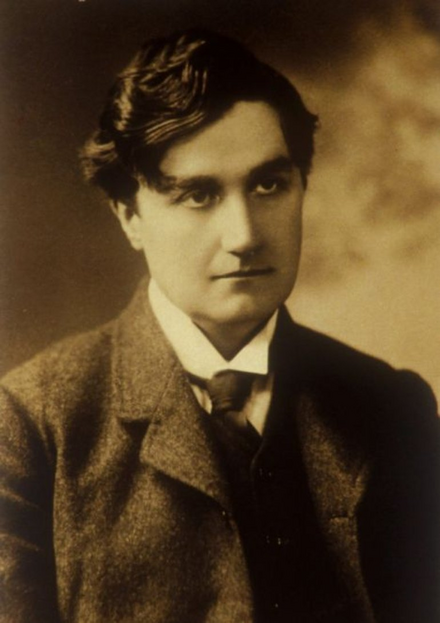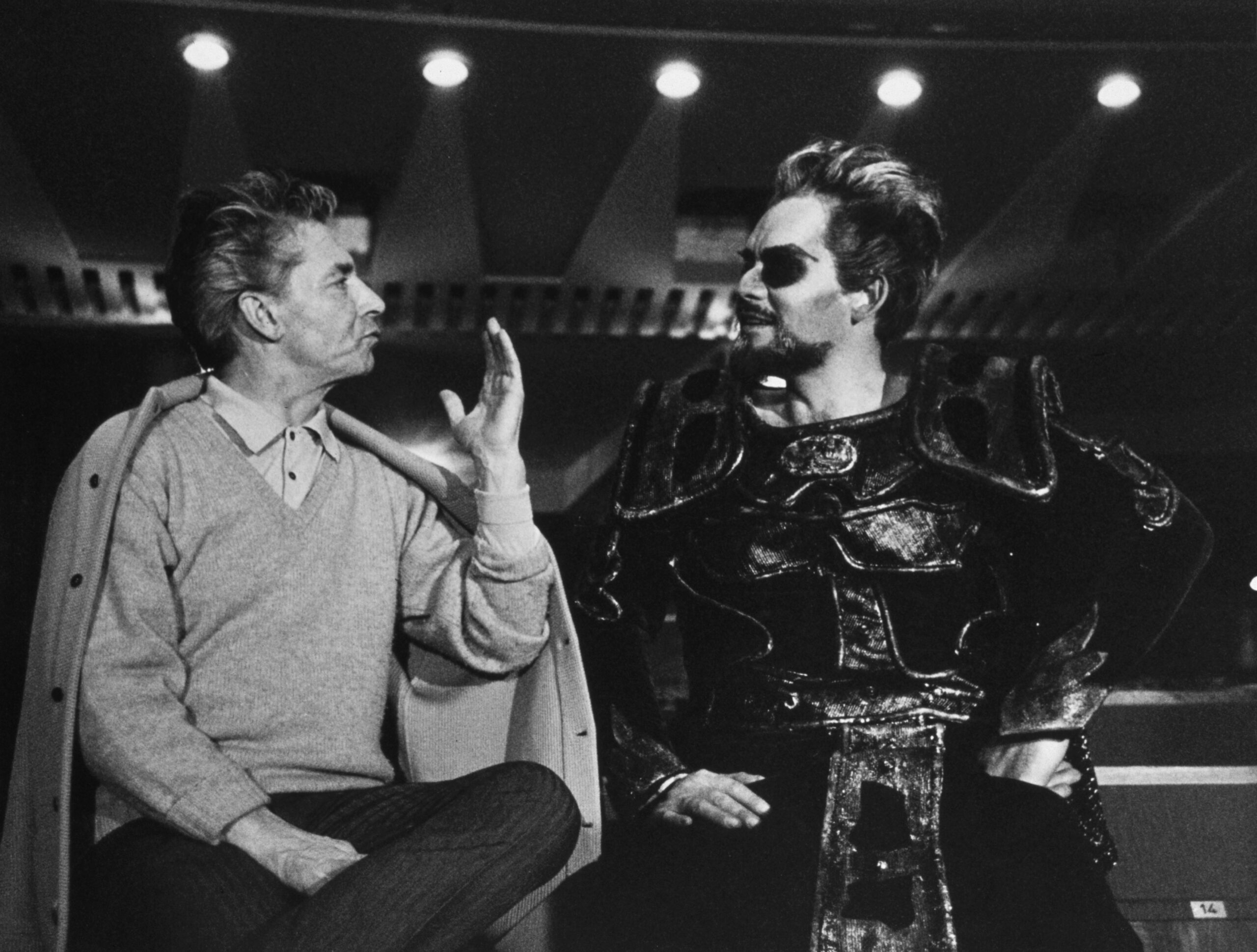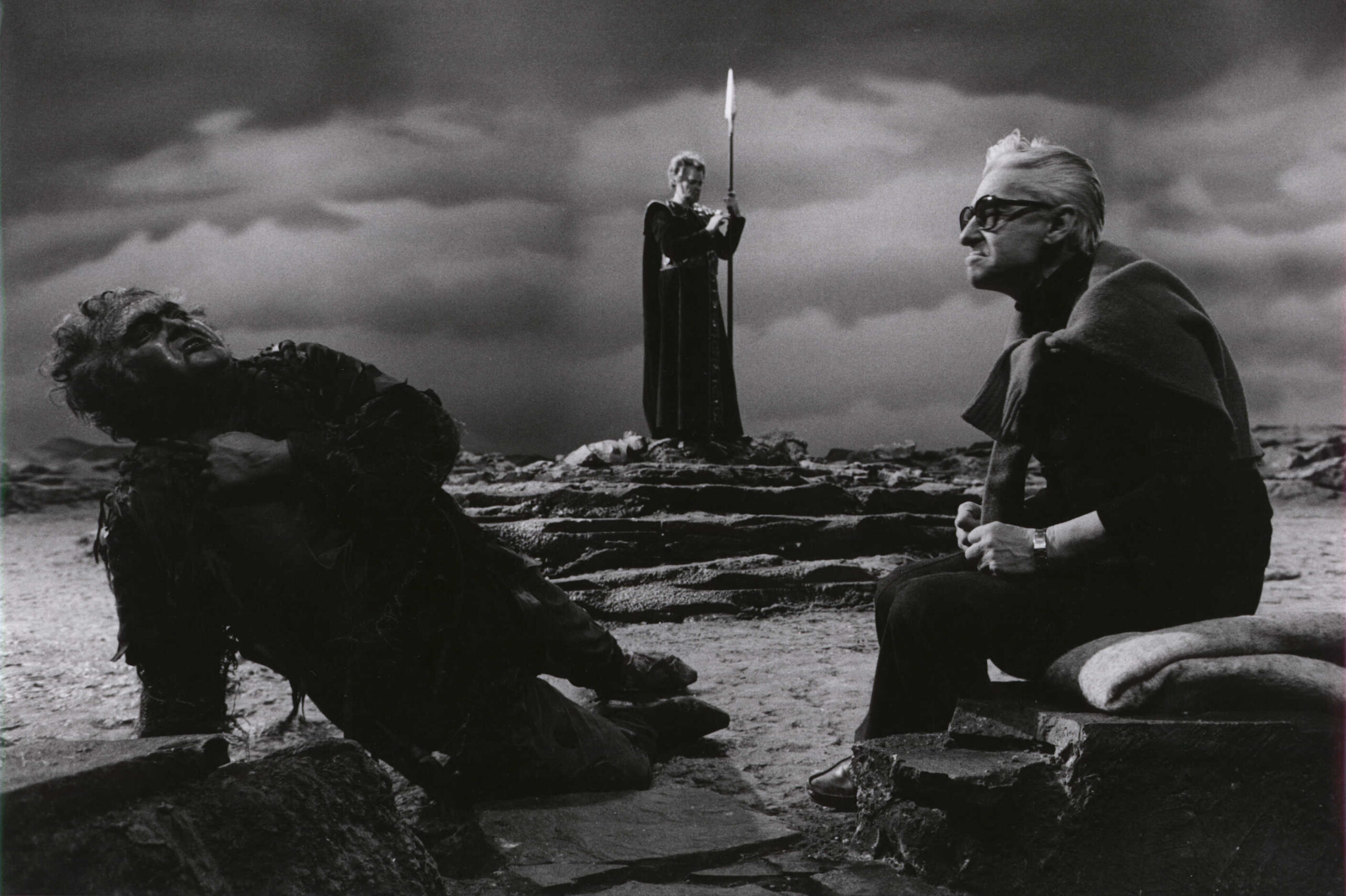16 May 2024
P.R. Jenkins
Spotlight Rossini: overtures and string sonatas

Gioachino Rossini was not only one of the first composers Karajan recorded but also one of the first he ever conducted.
On 17 December 1928, the class of Professor Wunderer at the Vienna Conservatory organized a concert. It was an early occasion for the 20-year-old Karajan to conduct an orchestra formed by his fellow students. Karajan told his biographer Franz Endler: “Rossini’s overture to ‘Guillaume Tell’ was the only purely orchestral work on the programme, the rest was accompaniment for soloists. I set my mind to get to grips with this piece. Back then, when I really wanted something, I closed myself off, prepared and concentrated. And I got to grips with it! Conducting, I felt I had a connection with the orchestra. Up till then I had in fact, conducted for about 40 minutes in my whole life, 15 or 20 minutes for the course and then this concert. So I thought, now I have to do something in Salzburg.” In 1989, Karajan had a conversation with Richard Osborne:
RO: Walter Legge liked to tell the story – I think as an example of both your musicianship and your tactical skills – that at the graduation class in Vienna you chose the Overture to Rossini’s ‘Guillaume Tell’ and then sent everyone away except the cellos so you could show exactly what you could do with them in the opening bars of the piece.
HvK: That’s not quite true. We did have a short time to show off whatever skills we had managed to acquire. Most students liked to talk a lot because they thought it would impress the professors. In fact, I decided to concentrate on the end of the Overture, the ‘allegro vivace’. The orchestra was not playing it in time, so I made them rehearse it at a slower tempo. We were examined by the Director of the Musikhochschule, Franz Schmidt; he had recently taken over.
Two years after his debut concert, “The Barber of Seville” was one of the first operas (and the only Rossini opera) Karajan conducted in its entirety. He headed eight performances during his first engagement in Ulm.

In October 1942, Karajan recorded the “Semiramide” overture with the RAI Orchestra Turin. It was a troubled time for him. His contract in Aachen hadn’t been renewed. Aachen was proud of its shooting-star conductor and his success in Berlin but it also needed a “Kapellmeister” to be in charge of the orchestra throughout the season. Paul van Kempen was his successor. Once again, eight years after his dismissal in Ulm, Karajan was a conductor without an orchestra.
Karajan spent some of his spare time listening to records with Ernst von Siemens, head of the powerful Siemens empire that had recently acquired Deutsche Grammophon. Karajan criticised the technical standard of the Deutsche Grammophon recordings and next time he brought with him Toscanini’s 1936 HMV recording of Rossini’s “Semiramide” overture. Siemens was a bit offended but had to admit that the HMV recording was really excellent. On the other hand, he claimed that his engineers would in principle be able to create similar sound quality if that was the goal Karajan wanted to achieve. He invited Karajan to a recording session of the Dresden Philharmonic in Berlin, coincidentally under the baton of Karajan’s successor in Aachen, Paul van Kempen. Both van Kempen and Karajan made test recordings of the “Semiramide” overture. Then the recordings were compared with regard to dynamic range. The overture was a suitable test piece because it starts pianissimo and then proceeds with a crescendo that reaches a fortissimo climax within forty bars. A few months later, Karajan went to Italy to record Mozart symphonies with the RAI Orchestra Turin. Another piece realised in those sessions was – the “Semiramide” overture.
Immediately after the war, it was his performance of arias from Rossini’s “The Barber of Seville” that brought Giuseppe Taddei his first engagement in Salzburg. Karajan had heard him in concert and was highly impressed.
Karajan’s first all-Rossini album was produced during his fruitful years with the Philharmonia Orchestra and was titled “William Tell and the Famous Five” meaning the overtures to “Semiramide”, “The Barber of Seville”, “The Silken Ladder”, “The Thieving Magpie” and “The Italian Girl in Algiers”. The same programme was repeated in 1971 with the Berlin Philharmonic. Another Rossini project took place in St Moritz (where Karajan owned a house). He and the Berlin Philharmonic spent several summers in that elegant Swiss hotspot rehearsing, recording and relaxing. In 1968, they recorded four Rossini string sonatas (1,2,3 and 6) for Deutsche Grammophon, probably the youngest composer Karajan ever interpreted. (Rossini claimed to have composed the sonatas at the age of 12. Modern musicology has cast doubt on this assertion and assumes he was at least 15. A few years ago, we were discussing this with a Karajanist after we had declared Schubert’s 1st symphony to be the “youngest” work Karajan ever conducted.)
We’ve prepared playlists with Karajan conducting Rossini. Listen to them here.
— P.R. Jenkins“Conversations with Karajan” Edited with an Introduction by Richard Osborne. Oxford University Press. 1989


